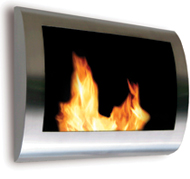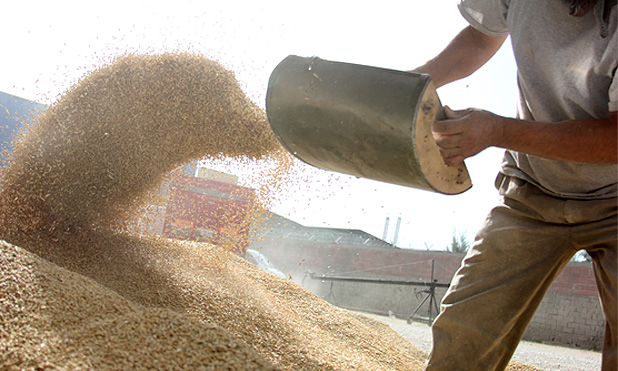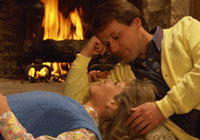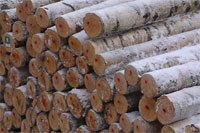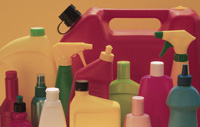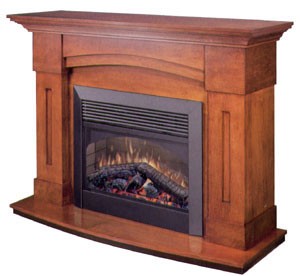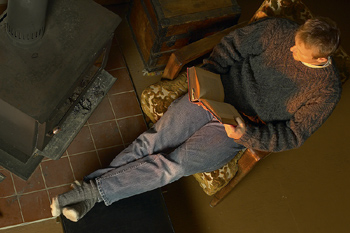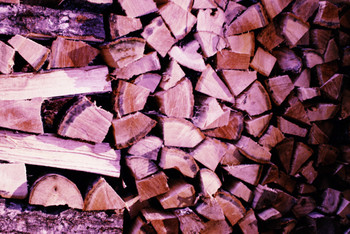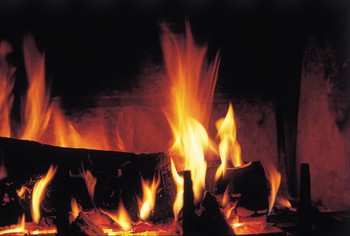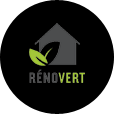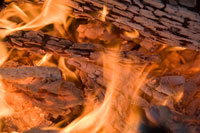
Burning Wood Efficiently
December 2017By firing your wood-burning system correctly, you improve efficiency and reduce air pollution. Owners must learn and practise the skills needed to operate their wood-burning system effectively. By mastering the techniques offered here, you will :
– reduce the amount of wood you need to burn to heat your home;
– reduce outdoor and indoor air pollution from wood smoke;
– reduce the frequency of chimney cleaning; and
– increase the convenience and pleasure of wood burning.
The Basics: What Happens When Wood Burns
As firewood burns, it goes through three phases:
Boiling off the water Up to half the weight of a freshly cut log is water. After proper seasoning, the water content is reduced to about 20 percent. As the wood is heated in the firebox, this water boils off, consuming heat energy in the process. The wetter the wood, the more heat energy is used to boil the water. That is why wet firewood hisses and sizzles and is hard to burn, while seasoned wood ignites and burns easily.
The emission of smoke As the wood heats up and passes the boiling point of water, it starts to smoke. The smoke is the visible result of the solid wood decomposing as it vaporizes into a cloud of combustible gases and tars. If the temperature is high enough and oxygen is present, the smoke will burn. When it does, it produces the bright flames that are characteristic of wood combustion. If the smoke doesn’t burn in the firebox, it exits the appliance into the flue pipe and chimney. Here it either condenses forming creosote deposits or is expelled as air pollution. Unburned smoke also represents a less efficient appliance because smoke contains much of the wood’s total energy. Advanced combustion systems are designed to burn the smoke before it leaves the stove, which is one reason they are more efficient than older models.
The charcoal phase After the water has boiled off and most of the gases and tars have vaporized out of the wood, charcoal remains. Charcoal is almost 100-percent carbon. It burns with a red glow and some flame or smoke when enough oxygen is present. Charcoal is a good fuel that burns easily. However, burning charcoal often produces carbon monoxide, a serious indoor air pollutant.
In practice, all three phases of wood combustion usually occur at the same time. The wood gases can flame and the edges of the pieces can glow red as charcoal burns, while water in the core of the piece is still evaporating. The challenge in burning wood effectively is to boil off the water in the wood quickly, while making sure the smoke burns with bright flames before it leaves the firebox.
With the new, advanced combustion designs, two flame zones are often visible: the primary flame that rises from the wood and the transparent secondary flame that swirls above the wood. Once a good fire is established and you turn down the air control, you can see the primary flames slow down and become smaller. To get a clean, efficient burn, make sure that there is always a secondary flame. A welcome feature of these advanced wood-burning designs is that the better the combustion and the cleaner the burn, the more interesting the flame looks.
Source: Canren.gc.ca
